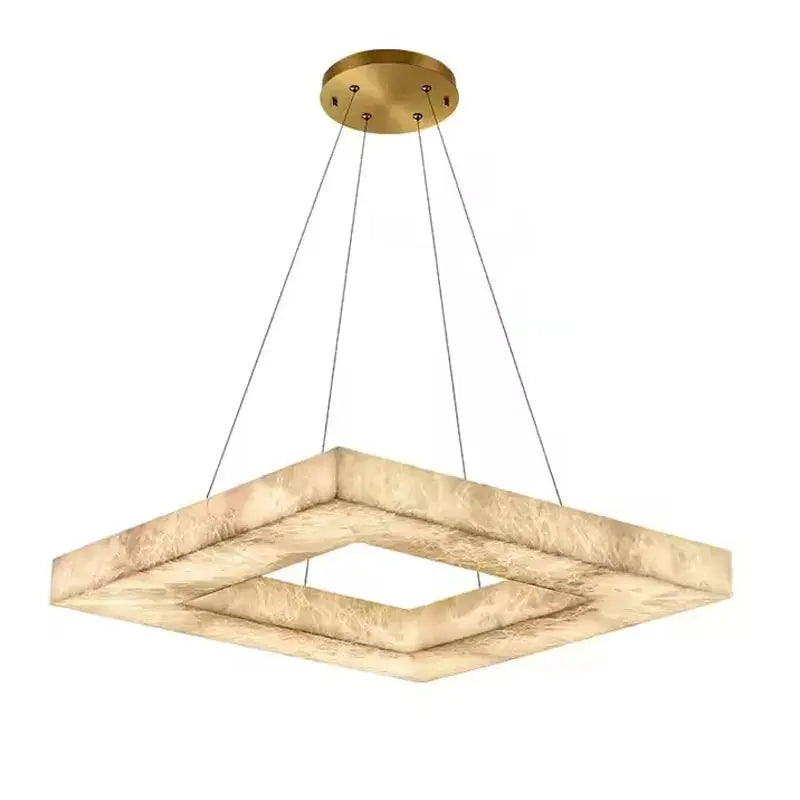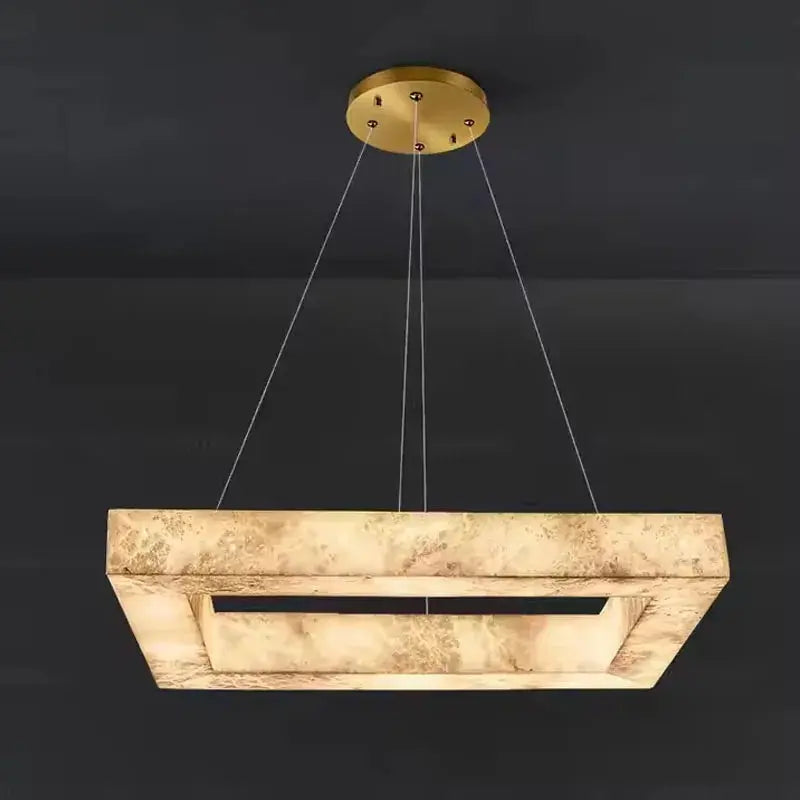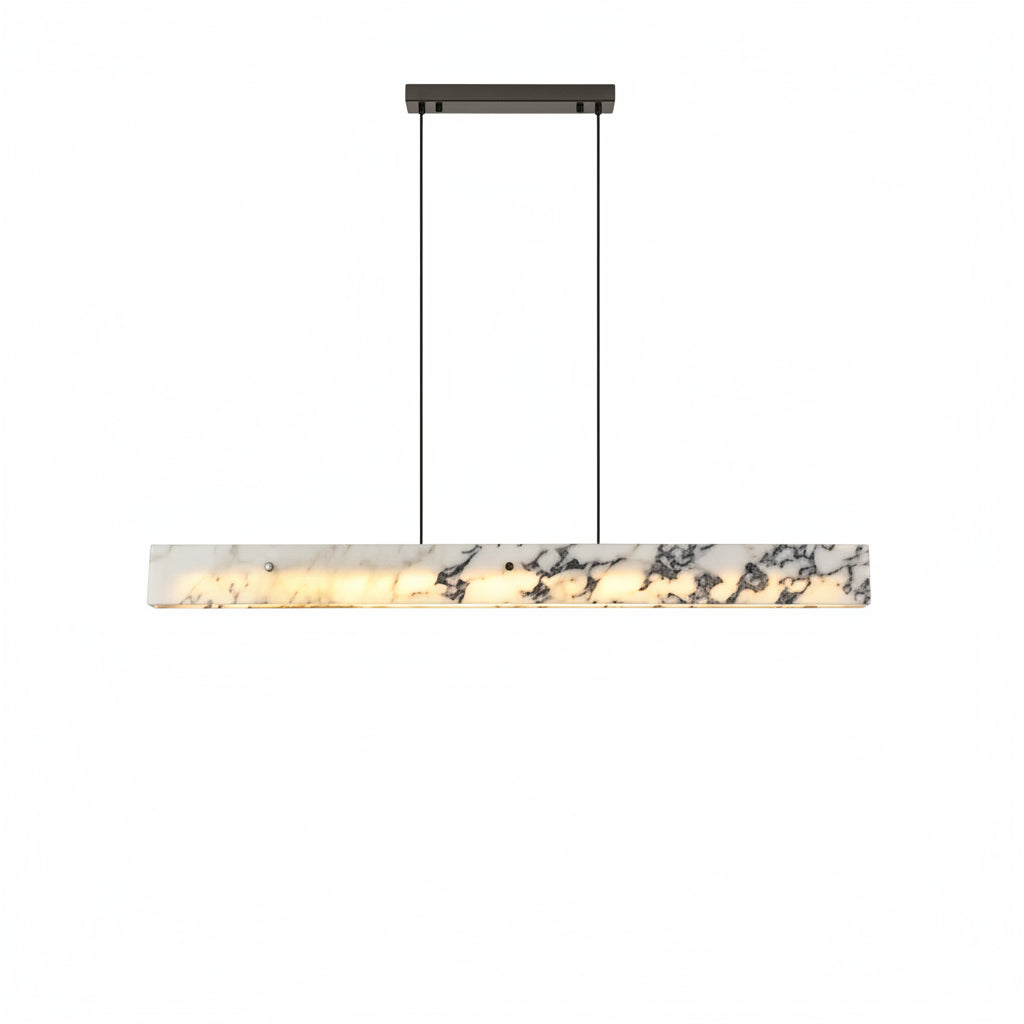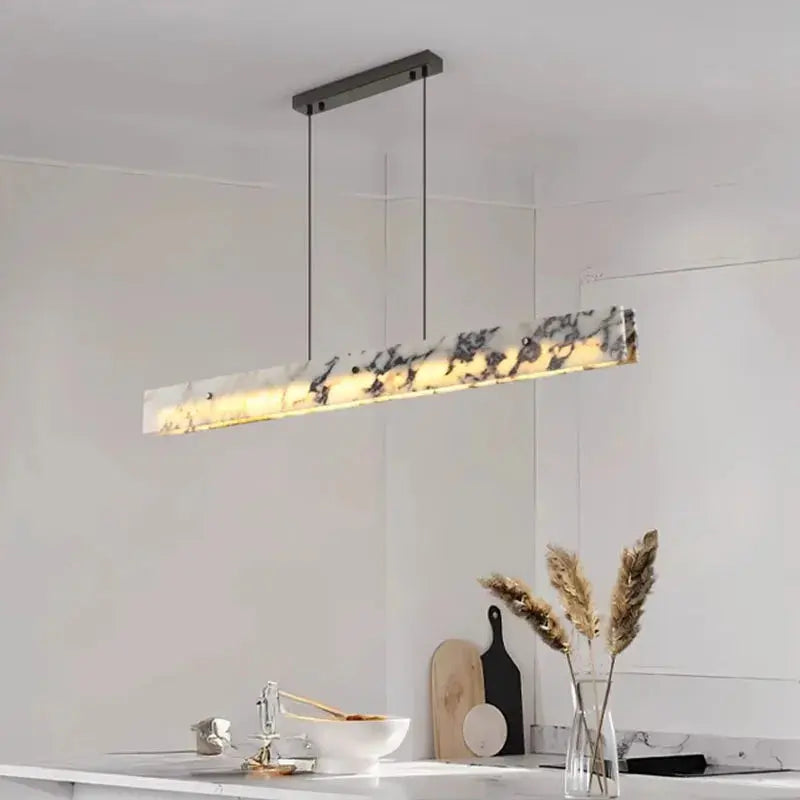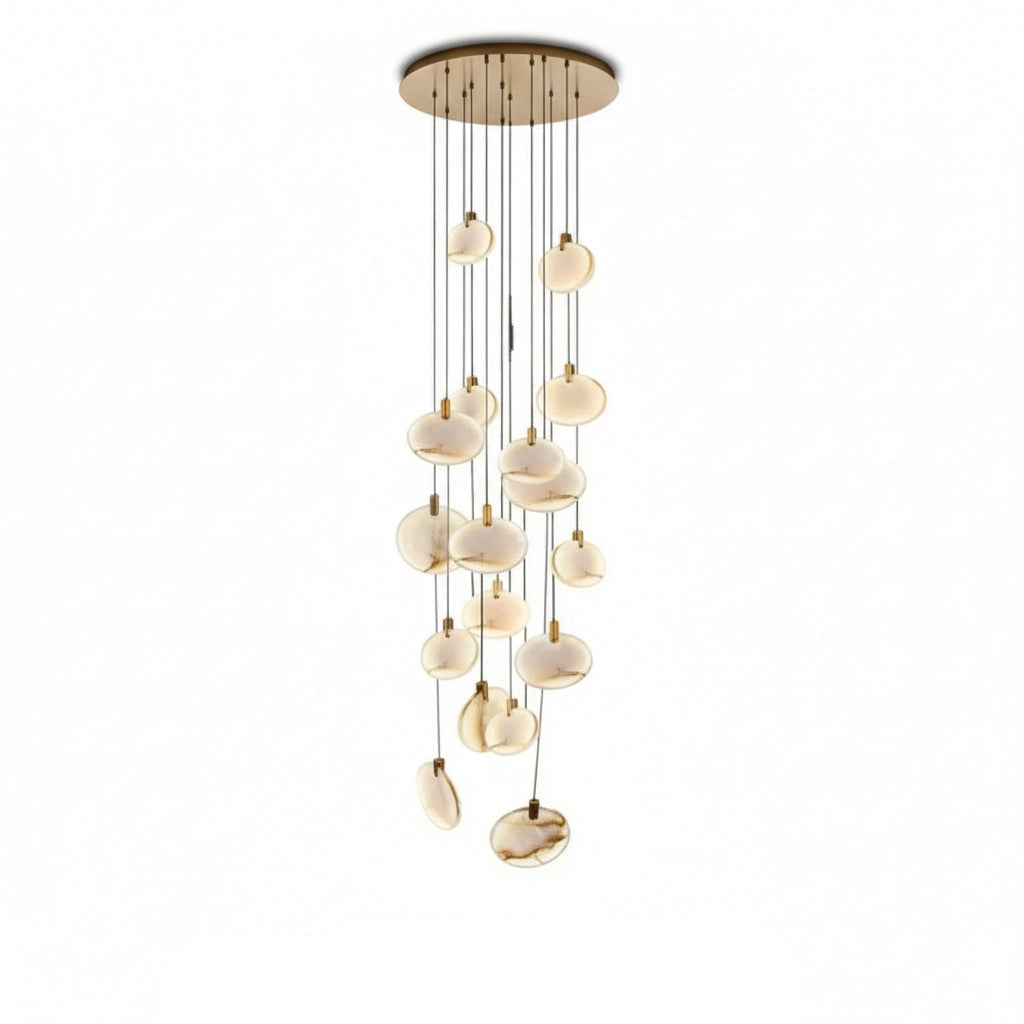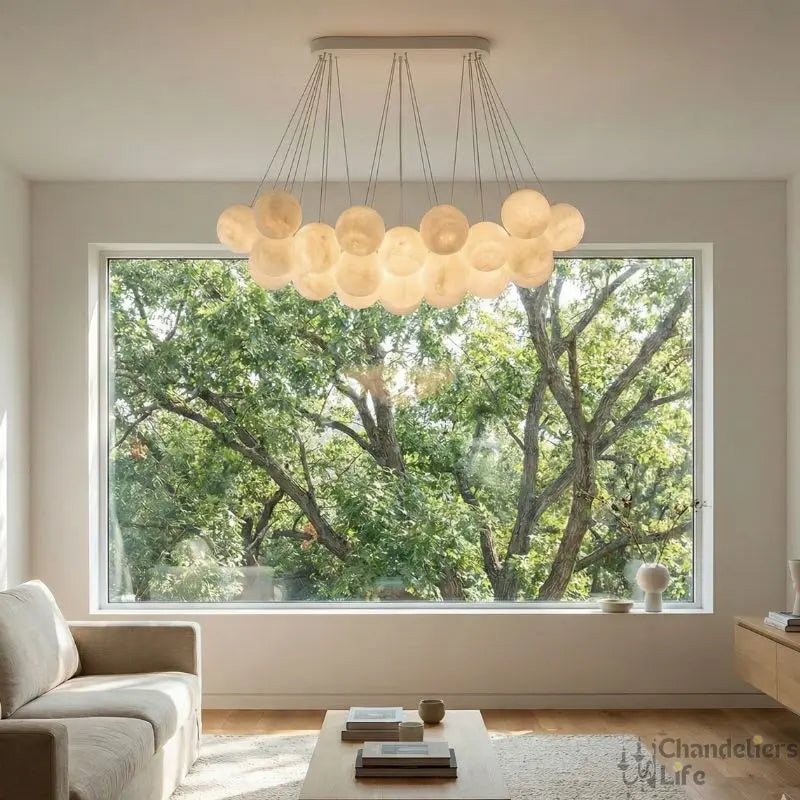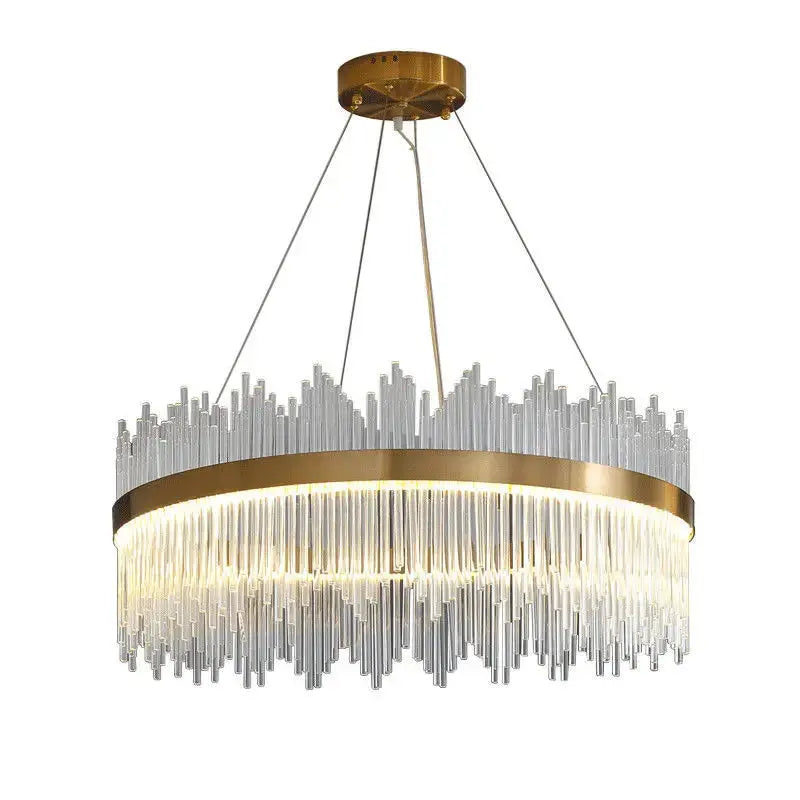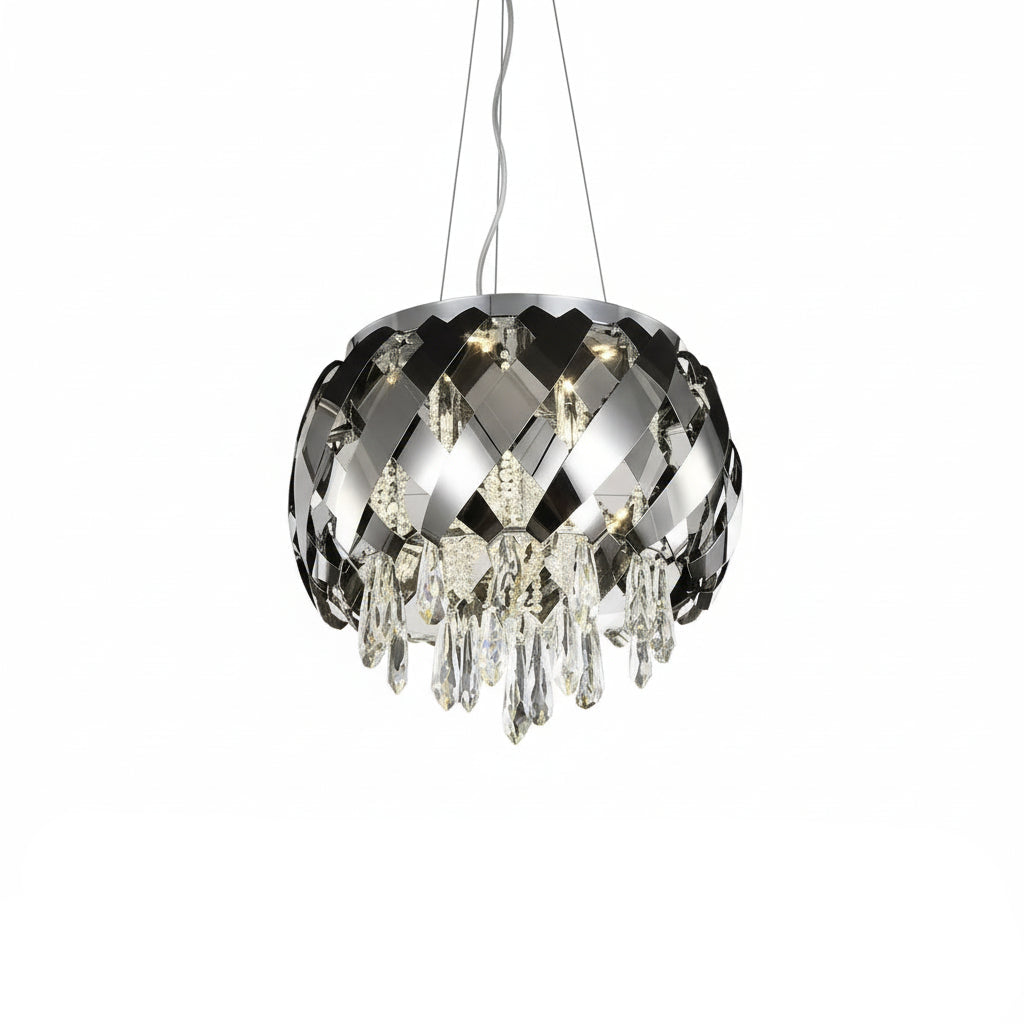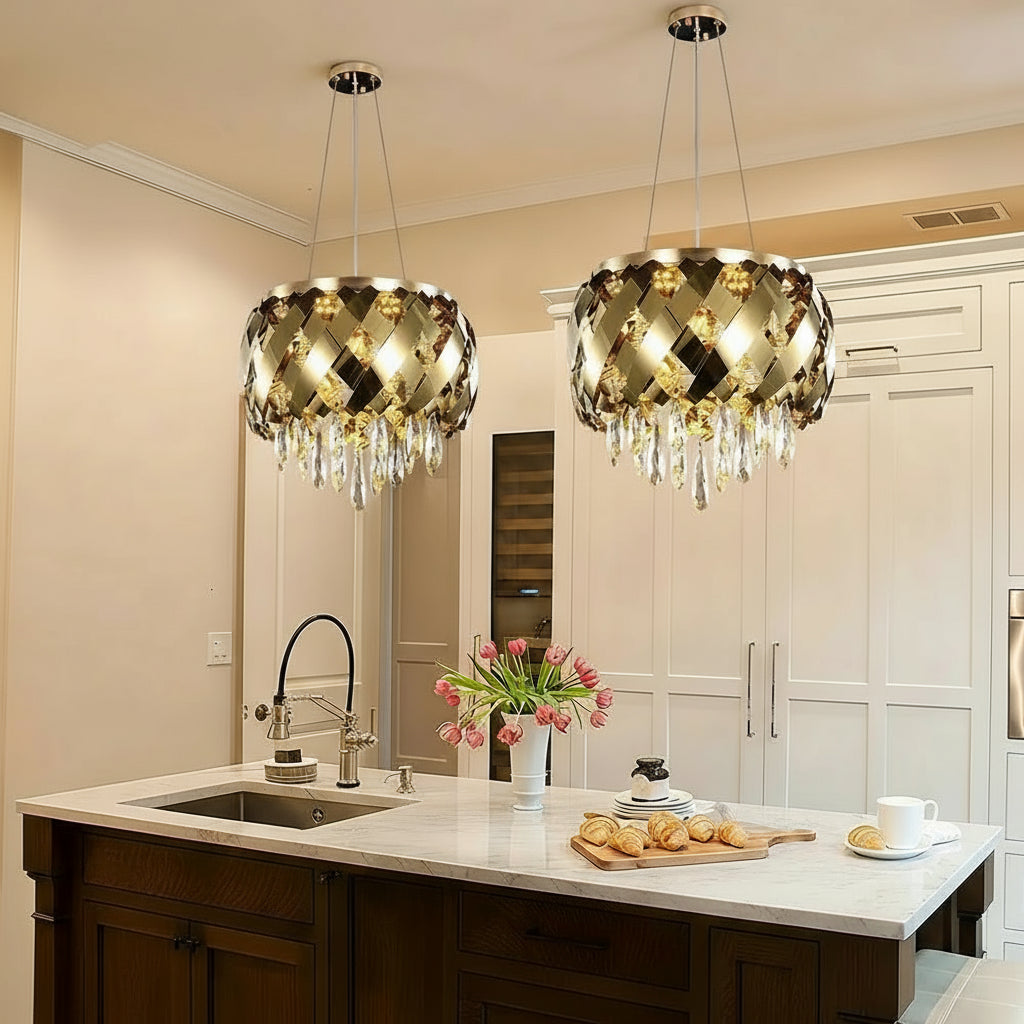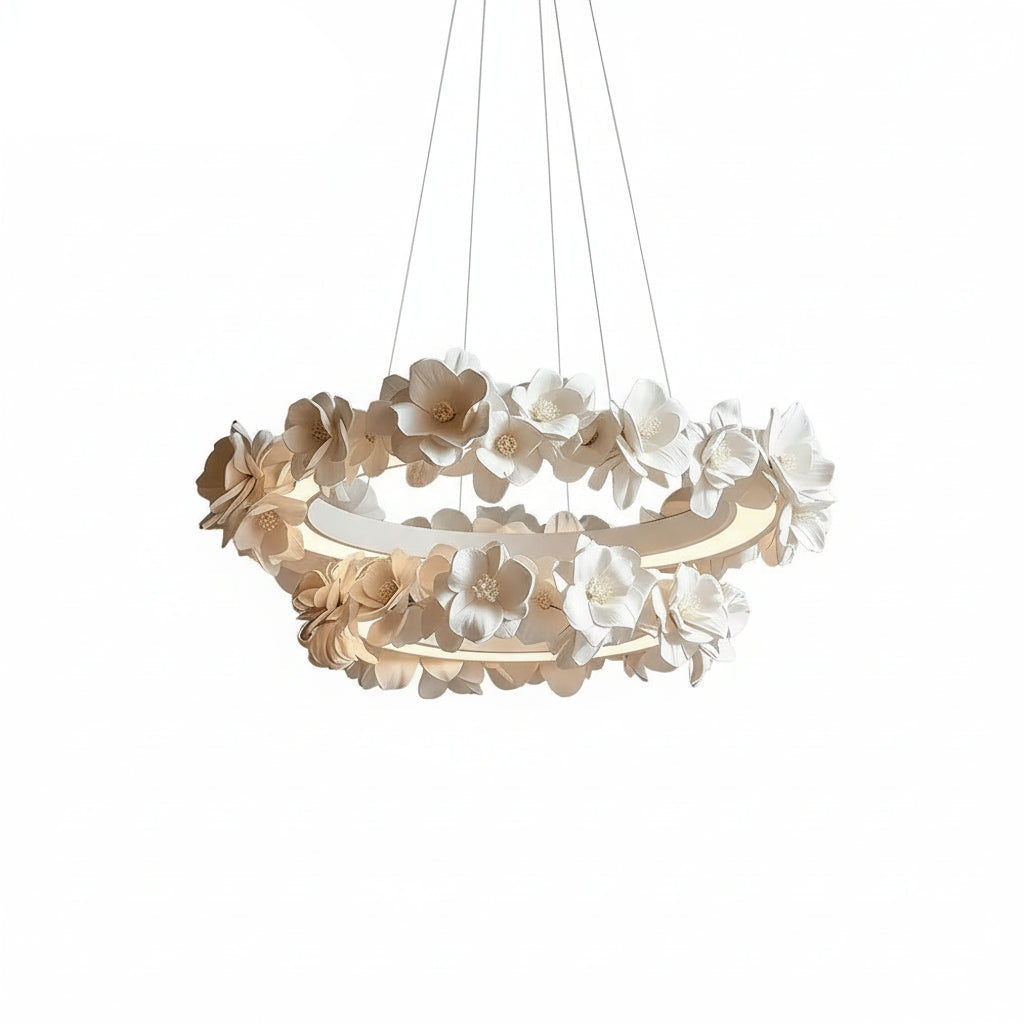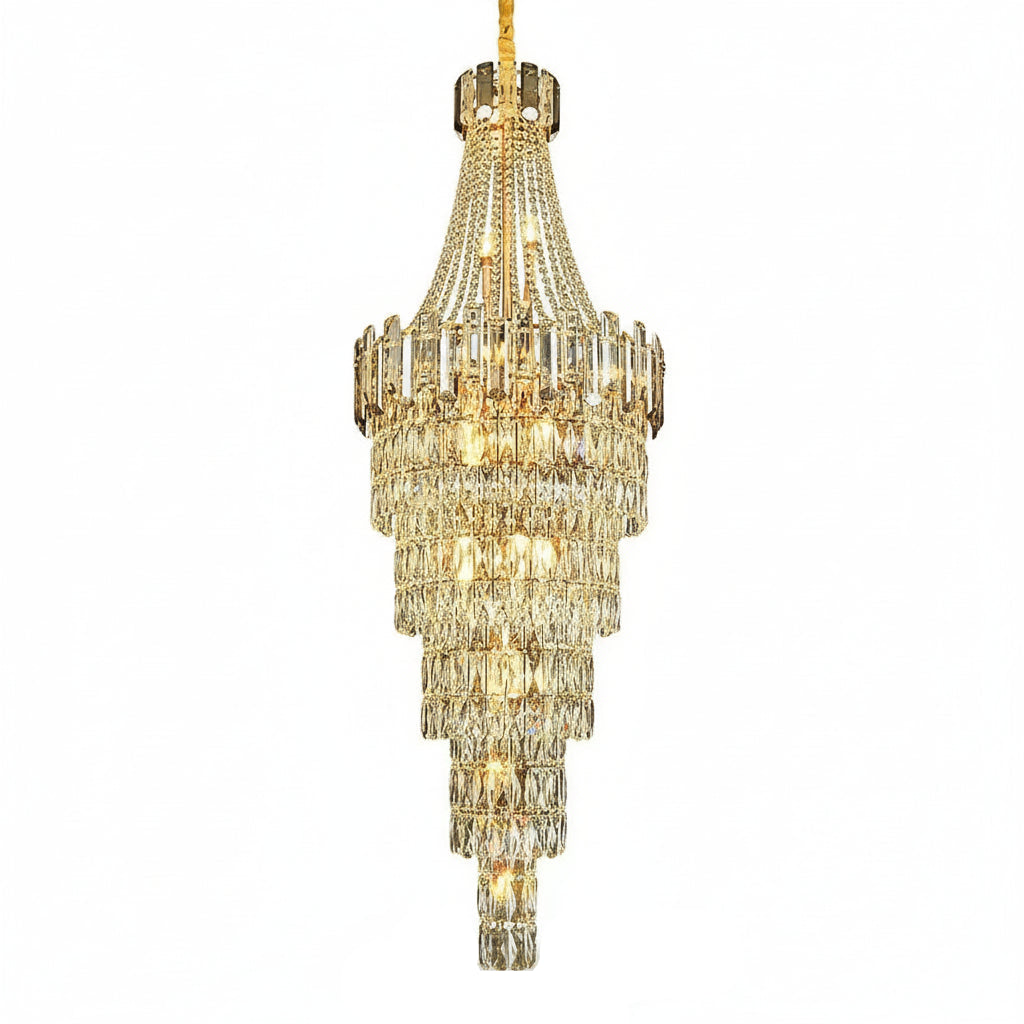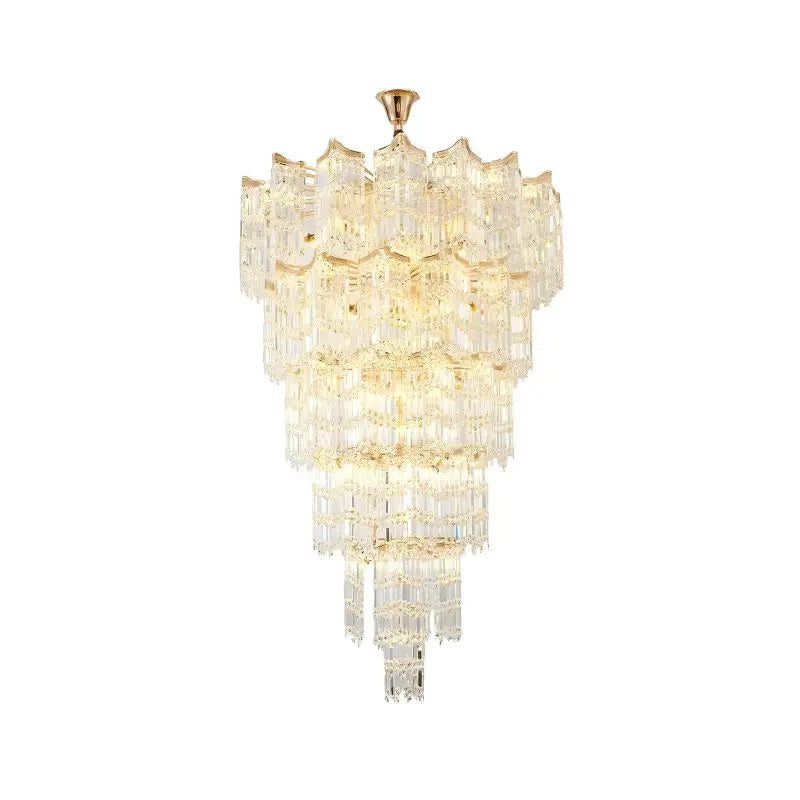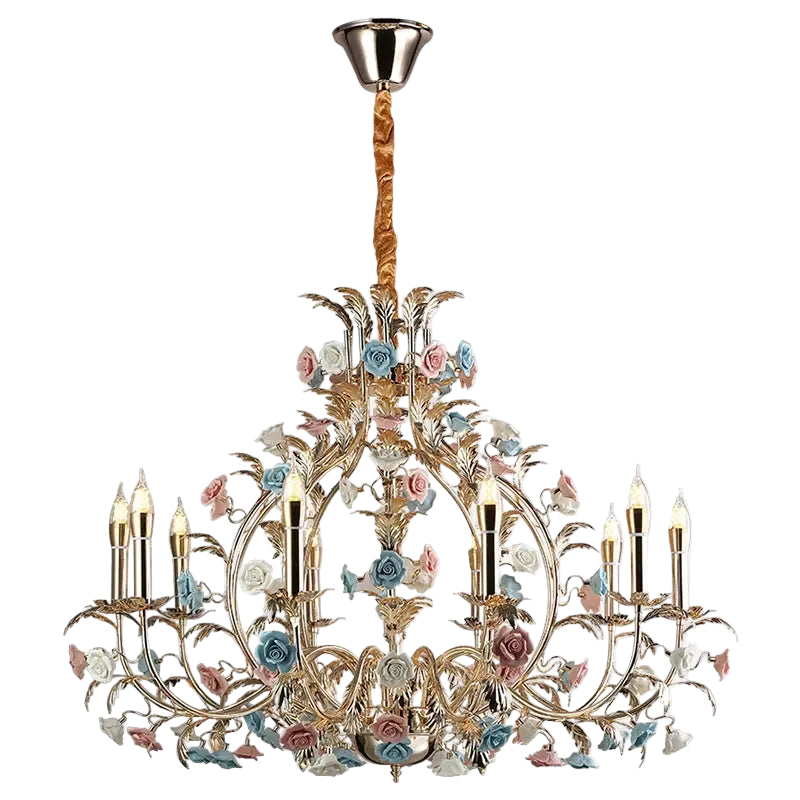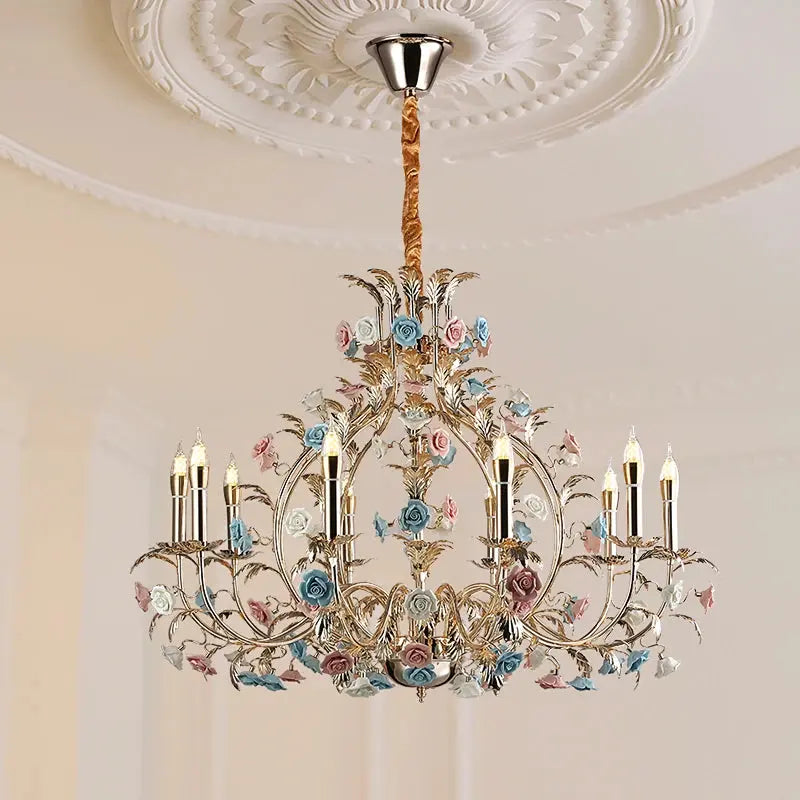Picking out new flooring can be a real project. There are so many options out there, but ceramic tile is usually a pretty safe bet. It's known for being tough and looking good, and you can find options that fit your budget. Still, choosing the right ceramic tile involves thinking about the room it's for, the style you like, and how it will be installed. This guide is meant to make that process a little easier and help you figure out what works best for your home.
Key Takeaways
- Check the PEI rating on a ceramic tile to see if it's durable enough for the amount of foot traffic in a specific room.
- For places that get wet, like bathrooms or laundry rooms, make sure you choose a ceramic tile that is built to handle water.
- The style of the tile should match your home's general look, whether you have a modern, traditional, or rustic feel.
- The size of the tile matters; using larger tiles can often make a smaller room seem more spacious and open.
- Grout color is a small detail that makes a big difference in the final appearance of your ceramic tile installation.
Understanding The Basics Of Ceramic Tile
Ceramic tile is a classic choice for homes, and for good reason. It's durable, comes in a ton of styles, and can really transform a space. But before you jump into a home reno project, it's good to know the basics. Let's break down what makes ceramic tile a great option and how to choose the right one for your needs.
Key Differences Between Glazed And Unglazed Finishes
Okay, so what's the deal with glazed versus unglazed? Glazed tiles have a layer of liquid glass applied to the surface, which is then baked on. This gives them a shiny look and makes them water-resistant. Glazed tiles are easier to clean and are a good choice for bathrooms and kitchens. Unglazed tiles, on the other hand, have a more natural, matte finish. They can be more slip-resistant, but they also tend to be more porous and require sealing to protect them from stains.
Here's a quick comparison:
| Feature | Glazed Tile | Unglazed Tile |
|---|---|---|
| Finish | Shiny, smooth | Matte, natural |
| Water Resistance | High | Lower (requires sealing) |
| Maintenance | Easy to clean | Requires more maintenance |
| Slip Resistance | Lower (can be slippery when wet) | Higher |
| Best For | Bathrooms, kitchens, high-traffic areas | Outdoor spaces, rustic designs |
Decoding PEI Ratings For Foot Traffic And Durability
PEI rating? What's that? It stands for Porcelain Enamel Institute rating, and it's basically a measure of how durable a tile is. The higher the number, the more foot traffic the tile can handle. Here's a quick rundown:
- PEI 1: Light traffic, like bathrooms or bedrooms (areas you don't walk on much with outdoor shoes).
- PEI 2: Moderate traffic, like living rooms or dining rooms.
- PEI 3: Normal traffic, most residential uses, including countertops and walls.
- PEI 4: Medium-heavy traffic, residential and light commercial use.
- PEI 5: Heavy traffic, commercial use. Think shopping malls or airports.
When choosing tile, think about where it's going and how much use it will get. A PEI 1 tile in a busy hallway? Probably not the best idea. A PEI 5 tile in your guest bathroom? Overkill, but it'll definitely last!
The Eco-Friendly Advantages Of Ceramic Tile
Did you know that ceramic tile can be an eco-friendly choice? It's true! Here's why:
- Made from natural materials: Clay, sand, and water are the main ingredients. These are abundant resources.
- Durable and long-lasting: Because it lasts so long, you won't need to replace it as often, reducing waste.
- Low VOC emissions: Many ceramic tiles have low or no volatile organic compounds (VOCs), which means they don't release harmful chemicals into your home's air.
- Recycled content: Some tiles are made with recycled materials, like glass or industrial waste. Look for tiles with a tile selection that specifies recycled content.
Plus, ceramic tile can help regulate your home's temperature, reducing energy consumption. It stays cool in the summer and retains heat in the winter. So, not only is it stylish and practical, but it's also a responsible choice for the environment.
Choosing The Right Ceramic Tile For Each Room

Choosing the right ceramic tile isn't just about looks; it's about practicality. Each room in your house has different needs, and the tile you pick should reflect that. Let's walk through some popular rooms and what to consider.
Durable And Stain-Resistant Options For Kitchens
The kitchen is a high-traffic area that sees spills, splatters, and all sorts of messes. Durability and stain resistance are key. You'll want something that can stand up to daily wear and tear. Ceramic or porcelain tiles are great choices because they're easy to clean and hold up well against stains. Avoid anything too porous, as it can absorb spills and be difficult to clean. Consider the best tile for your kitchen.
- Porcelain Tiles: Highly durable and water-resistant.
- Ceramic Tiles: A more affordable option that's still easy to clean.
- Sealed Natural Stone: Offers a unique look but requires more maintenance.
Think about the grout too! Darker grout can hide stains better than light grout. Epoxy grout is also a good option because it's stain-resistant and easy to clean.
Waterproof Ceramic Tile For Bathrooms And Laundry Rooms
Bathrooms and laundry rooms are all about moisture. You need tile that can handle splashes, spills, and humidity without getting damaged. Waterproofing is essential to prevent mold and mildew growth. Ceramic and porcelain tiles are excellent choices here as well. Pay attention to the tile selection to ensure it's rated for wet areas.
- Porcelain Tiles: Virtually waterproof and ideal for shower floors and walls.
- Ceramic Tiles: Water-resistant and suitable for bathroom floors and walls.
- Glass Tiles: Non-porous and a stylish option for backsplashes and accent walls.
Stylish Selections For Living Rooms And Entryways
Living rooms and entryways are where you can get a little more creative with your tile choices. While durability is still important, aesthetics play a bigger role here. You can choose tiles that complement your decor and create a welcoming atmosphere. Consider the size and shape of the tiles to create the look you want. Large-format tiles can make a small space feel bigger, while mosaic tiles can add visual interest. Don't forget to consider tile colors to match your home's style.
- Wood-Look Tiles: Offer the warmth of wood with the durability of tile.
- Natural Stone Tiles: Add a touch of luxury and sophistication.
- Patterned Tiles: Create a unique and eye-catching design.
Matching Ceramic Tile To Your Home's Aesthetic
Classic Tile Styles For Traditional Decor
When aiming for a traditional aesthetic, think timeless. Classic tile styles shower tile ideas often involve materials like marble or travertine. These natural stones bring a sense of luxury and history to any space. Subway tiles are another excellent choice, especially in kitchens and bathrooms. Their simple, rectangular shape offers a clean, yet familiar look that complements traditional cabinetry and fixtures. Consider incorporating decorative borders or accents with patterned tiles to add visual interest without straying too far from the classic feel.
- Marble and travertine for a luxurious feel.
- Subway tiles for a clean, classic look.
- Patterned accent tiles for visual interest.
Traditional design is all about creating a warm and inviting atmosphere. Choosing tiles with soft, neutral colors and natural textures can help achieve this goal. Avoid overly modern or trendy styles that might clash with the overall aesthetic.
Sleek And Minimalist Choices For Modern Spaces
Modern spaces thrive on simplicity and clean lines. For a sleek, minimalist look, large-format tiles are an excellent choice. These tiles minimize grout lines, creating a seamless and uncluttered appearance. Opt for neutral colors like gray, white, or black to maintain a sense of calm and sophistication. Geometric patterns can also work well in modern spaces, but keep them subtle and understated. The goal is to create a sense of spaciousness and tranquility.
- Large-format tiles for minimal grout lines.
- Neutral colors like gray, white, and black.
- Subtle geometric patterns for visual interest.
Textured And Earth-Toned Tiles For A Rustic Feel
For a rustic or earth-toned aesthetic, focus on tiles that mimic natural materials like wood or stone. Wood-look tiles are a fantastic option, offering the warmth and character of hardwood flooring with the durability and water resistance of ceramic. Earth-toned colors like browns, beiges, and greens will enhance the natural feel of the space. Textured tiles can also add depth and dimension, creating a more tactile and inviting environment. Consider using slate or terracotta tiles for a truly authentic rustic look. Don't be afraid to mix and match different textures and shades to create a unique and personalized space. Remember to consider tile colours to match the room's purpose.
- Wood-look tiles for warmth and durability.
- Earth-toned colors like browns, beiges, and greens.
- Textured tiles for added depth and dimension.
Exploring Ceramic Tile Sizes And Shapes
Tile size and shape? It's not just about looks. It's a way to play with how people see your space, add some cool visual stuff, and totally change the vibe of a room. You really need to get how different tile sizes and shapes work together to make a room feel just right.
Using Large-Format Tiles To Create An Open Feel
Big tiles can actually make small rooms feel bigger. It's all about fewer grout lines. Less grout means less visual clutter, and that makes a space feel more open. Think about it: those huge tiles, like 1.5 x 3 meters, give off this smooth, modern vibe that just screams sophistication. If you're dealing with a tiny bathroom or a hallway that feels like a tunnel, try using big tiles. Lay them out smart, and you can trick the eye into thinking there's way more space than there really is. For example, put rectangular tiles horizontally to make a room look wider, or vertically to make the ceiling seem higher.
The Intricate Appeal Of Mosaic And Patterned Tiles
Don't underestimate the power of a good pattern! How you lay your tiles is just as important as the size. Think about using patterns like herringbone or a staggered layout. These can really spice things up and make a surface pop. A herringbone pattern, especially with rectangular tiles, can lead the eye around the room, making it feel more dynamic. And then there are hexagonal tiles – a cool, modern twist that breaks away from the usual squares and rectangles. They add a bit of geometric fun to any space. You can find mosaic tiles in many different colors.
How Tile Shape Influences Your Overall Design
Each room has its own needs when it comes to tile size and shape. For a kitchen backsplash, smaller, detailed tiles can work wonders, letting you create intricate patterns. But for a living room floor, large-format tiles might be the way to go for a clean, expansive look. Bathrooms are a great place to mix and match – maybe large floor tiles with smaller, decorative tiles on the walls. When you're picking tile sizes, think about the room's lighting, where the furniture will go, and the overall style of the house. If a room is dark or small, go for lighter, bigger tiles to open it up. If you've got a bright, airy space, you can get away with more complex, smaller tile designs.
Tile size and shape aren't just about making things look pretty. It's about creating a space that feels good and shows off your style, all while making the most of the room you've got.
The Importance Of Grout And Installation
Selecting The Perfect Grout Color To Complement Your Tile
Grout is more than just filler; it's a design element that can make or break your tile installation. The right grout color can dramatically change the visual impact of your tiles. Think of it as the supporting actor that either blends seamlessly into the background or steps into the spotlight to enhance the main performance.
- Matching Grout: Creates a uniform, fluid look, ideal for minimalist spaces. It allows the eye to glide smoothly across the surface, emphasizing the tile pattern as a whole. This is great if you want a clean, modern aesthetic.
- Contrasting Grout: Highlights tile shapes, creating visual interest and defining individual tile edges. This approach adds a graphic element and can make a bold statement. Consider this if you want to showcase the individual tiles and their unique forms.
- Practical Considerations: Darker grout shades are better for high-traffic areas because they hide dirt and wear. Lighter grout works well in low-traffic areas like bathrooms. It's all about balancing aesthetics with real-life use.
Choosing the right grout color involves considering both the aesthetic you're aiming for and the practical demands of the space. Don't rush this decision; take the time to explore samples and visualize how different grout colors will interact with your chosen tiles. For example, consider Mapei Range for a wide selection of colors.
Professional Installation Versus A DIY Approach
While DIY projects can be rewarding, tile installation is one area where professional help can save you headaches and money in the long run. A professional installer has the experience and tools to ensure a flawless finish that will last for years. Here's why it matters:
- Expertise: Professionals understand the nuances of different tile types and how to properly prepare the subfloor. They know how to handle tricky cuts and angles, ensuring a seamless and even surface.
- Proper Tools: Tile installation requires specialized tools, such as wet saws, tile spacers, and grout floats. Investing in these tools can be costly, and if you only use them once, it might not be worth the expense.
- Warranty: Many professional installers offer warranties on their work, giving you peace of mind knowing that any issues will be addressed promptly and professionally. This is a big plus compared to the
Caring For Your New Ceramic Tile

Routine Cleaning And Maintenance Tips
Okay, so you've got your beautiful new ceramic tile installed. Now what? Don't worry, keeping it looking great isn't rocket science. Regular cleaning is key to preventing buildup and keeping your tile sparkling.
- Sweep or vacuum regularly to remove loose dirt and debris. This prevents scratching.
- Mop with a mild detergent and warm water. Avoid harsh chemicals, especially bleach, as they can damage the grout and some tile finishes.
- For stubborn stains, try a paste of baking soda and water. Let it sit for a few minutes, then scrub gently.
I've found that a simple routine of sweeping a couple of times a week and mopping once a week keeps my ceramic tile looking fantastic. It's all about preventing the dirt from settling in.
Protecting Your Ceramic Tile From Scratches And Chips
Ceramic tile is pretty durable, but it's not indestructible. Here's how to keep it safe from everyday wear and tear. Consider using tile selection to find the best options for your home.
- Use mats or rugs in high-traffic areas, like entryways and hallways. This will catch dirt and grit before it gets tracked onto the tile.
- Put felt pads under furniture legs to prevent scratches when moving chairs or tables.
- Be careful when moving heavy objects across the tile. Use a dolly or protective covering to avoid chips and cracks.
Long-Term Care For Grout Lines
Grout can be a pain, I know. It's porous, so it can easily stain and discolor. But with a little effort, you can keep those grout lines looking fresh. Here are some tips for long-term grout care. Think about the best bathroom tiles for your space.
- Seal your grout. This will help prevent stains and make it easier to clean. You can find grout sealers at most home improvement stores.
- Clean grout regularly with a grout brush and a mild cleaner. There are also specialized grout cleaners available.
- For heavily stained grout, try a grout pen. These pens contain a colored sealant that covers up stains and discoloration.
Wrapping Up Your Tile Choice
So, that's the rundown on picking ceramic tile for your place in 2025. It can feel like a huge decision, because, well, it kind of is. But it doesn't have to be a total nightmare. The main thing is to just think about the room you're working on. A bathroom floor has different needs than a kitchen backsplash, you know? We talked about durability, water, and all that stuff. And while it's fun to look at the latest styles, make sure you pick something you'll actually like looking at for years. My best advice? Get some samples. See how they look in your own light before you commit to anything. In the end, you'll find the right fit for your home and your budget.
Frequently Asked Questions
What's the real difference between ceramic and porcelain tiles?
Think of porcelain as ceramic's stronger relative. Both are made from clay, but porcelain is baked at higher temperatures. This process makes it denser and better at resisting water. Because of this, porcelain is great for busy areas or places that get wet, like bathrooms. Ceramic is still a wonderful and more affordable choice for many other spots in your house.
What kind of ceramic tile is best for a busy kitchen?
For a kitchen floor, you need a tile that can handle constant walking and dropped items. You should look for a ceramic tile with a PEI rating of Class 4 or 5. This number tells you how durable the tile's surface is. A higher rating means it won't scratch or wear down easily. A glazed finish is also a smart pick because it prevents stains from spills.
Can I use ceramic tile in my bathroom?
Yes, ceramic tile is an excellent option for bathrooms. Its surface naturally resists moisture, which is perfect for a wet environment. Make sure to choose a glazed tile, as this adds a protective layer. For the floor, consider a tile with a slightly textured finish to provide better grip and prevent slips when the surface is wet.
Does the grout color I choose actually matter?
Grout color plays a surprisingly big role in the final look. It can either blend in or stand out. If you want your tiles to look like one solid surface, choose a grout color that's very similar to your tile. This creates a clean, uniform appearance. If you want to highlight the shape of each tile and create a grid-like pattern, pick a contrasting color, like dark grout with white tiles.
Is it hard to keep ceramic tile floors clean?
Taking care of ceramic tile is quite easy. Regular sweeping or vacuuming will handle everyday dust and dirt. For a more thorough cleaning, mopping with warm water and a simple, gentle floor cleaner works perfectly. You should stay away from harsh chemicals or steel wool, which can damage the tile's protective glaze over time.
Should I install tile myself or hire a professional?
Installing tile yourself can be a fun project, but it's also challenging. It requires precise measurements, special tools, and a steady hand to get everything lined up correctly. A small, straightforward job like a kitchen backsplash might be a good DIY project. However, for a large area like an entire room's floor, hiring a professional often ensures the job is done right and will last for years.


